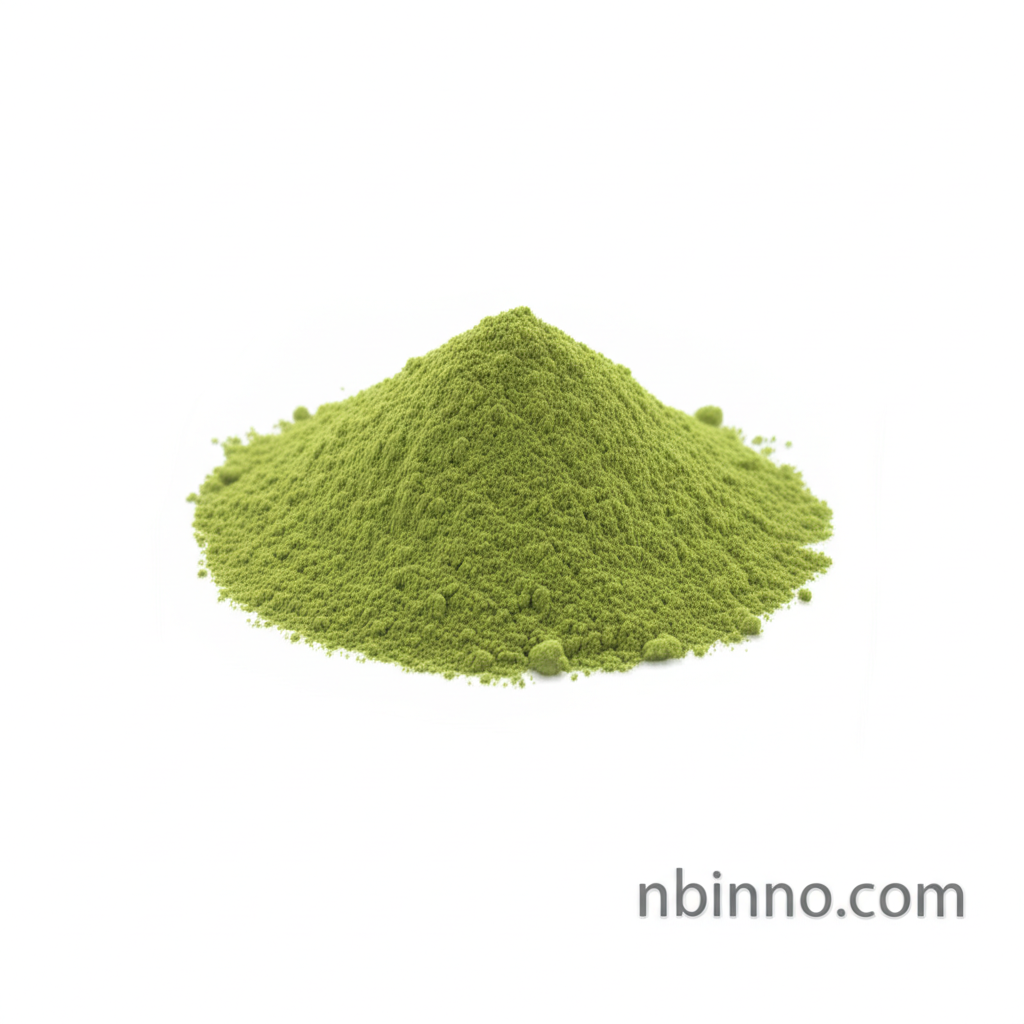3,6-Dibromocarbazole (CAS 6825-20-3): A Versatile Intermediate for Pharmaceuticals and Optoelectronics
Discover the critical role of 3,6-Dibromocarbazole in advancing pharmaceutical and optoelectronic technologies.
Get a Quote & SampleProduct Core Value

3,6-Dibromocarbazole
3,6-Dibromocarbazole (CAS 6825-20-3) is a vital chemical compound recognized for its indispensable role as a pharmaceutical intermediate and a key building block in the synthesis of advanced optoelectronic materials. Its high purity and specific chemical structure make it a preferred choice for researchers and manufacturers in cutting-edge industries.
- Utilize 3,6-Dibromocarbazole pharmaceutical intermediate applications to develop novel therapeutic agents and enhance drug efficacy.
- Explore the synthesis of optoelectronic materials leveraging this compound for next-generation electronic devices.
- Incorporate the unique carbazole derivatives photochemical properties into your material design for specialized applications.
- Leverage the efficient silica gel method synthesis yield for cost-effective production of this critical intermediate.
Advantages Offered
High Purity and Quality
With a guaranteed assay of ≥ 99.5%, this intermediate ensures reliable performance in sensitive applications, supporting the development of high-quality end products.
Versatile Applications
Its dual utility as both a pharmaceutical intermediate and a component in optoelectronic materials synthesis offers significant versatility for diverse research and development projects.
Established Synthesis Routes
The availability of well-documented synthesis methods, such as the highly efficient silica gel approach, ensures consistent supply and manufacturability.
Key Applications
Pharmaceutical Synthesis
Crucial for creating complex molecules, including intermediates like N-(2-hydroxyethyl)-3,6-dibromocarbazole, vital for drug discovery and development.
Optoelectronic Materials
Essential building block for advanced materials such as PCDTBT, used in the fabrication of efficient polymer solar cells and other electronic devices.
Organic Electronics
The unique electronic and photophysical properties of carbazole-based compounds make them ideal for applications in organic light-emitting diodes (OLEDs) and organic field-effect transistors (OFETs).
Research and Development
Facilitates exploration into novel chemical structures and functionalities, driving innovation in material science and medicinal chemistry.
